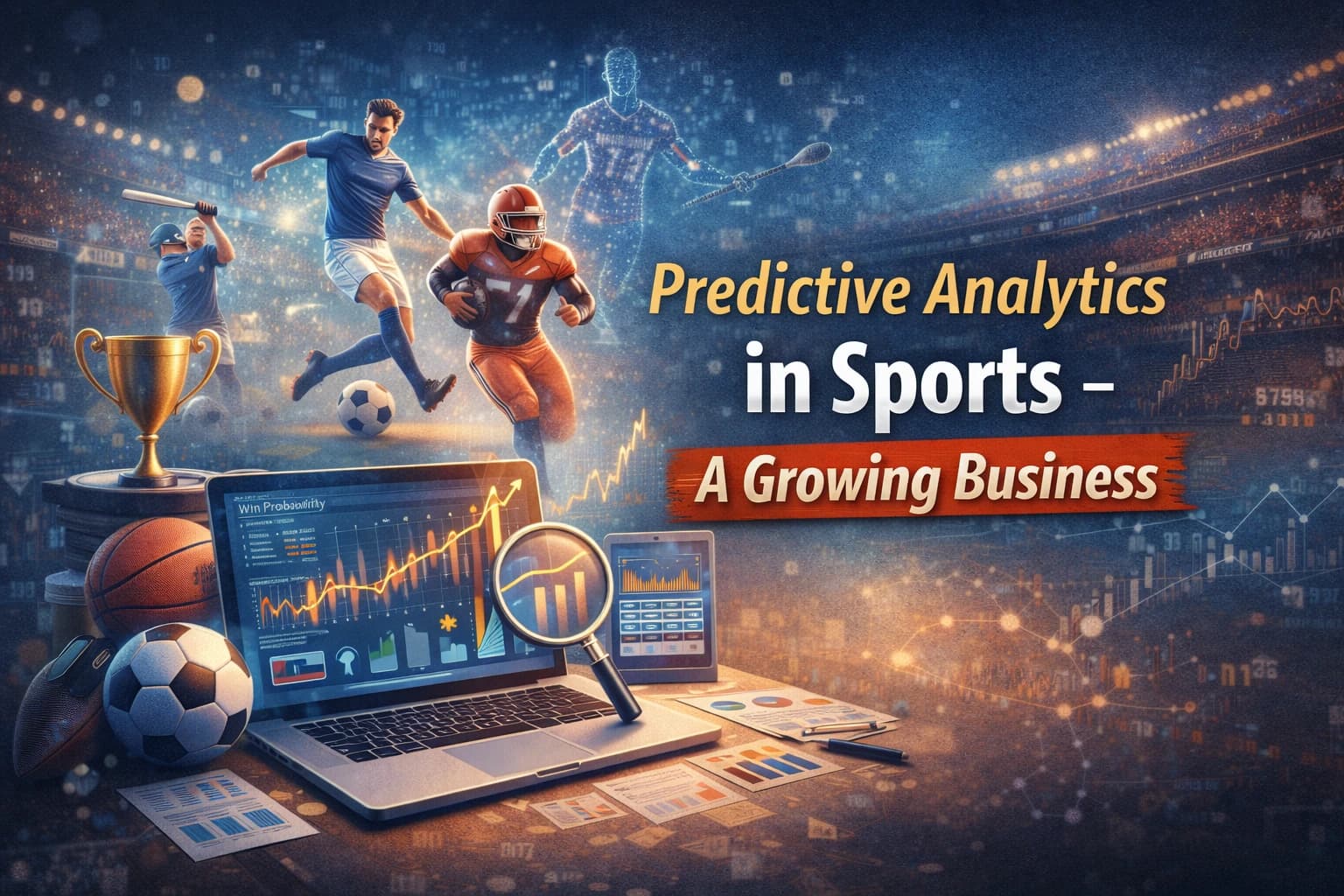E-commerce has now become an inevitable part of almost everyone's lives. It's a world where consumers want goods now, and at the lowest possible price. So while it is a consumer-centric ecosystem, the retailer has never had it so good….or so bad, depending on which side of the prism you are looking from.
Here's why: because of players like Amazon and eBay, competitors, including medium and small retailers, are finding it tough to sell at the "right" price. Or, instead, because of the technologies the "biggies" have deployed.
Traditional definitions of pricing strategy have gone out of the window. Price optimization in today's digital world is a fluid concept that turns several hypotheses on their heads.
Then there's the relatively new entrant, dynamic pricing. Let's not confuse price optimization with dynamic pricing, though. The latter is but one tactic in the overall plan for price optimization, all of which is geared toward offering customers commodities at the "best" (read: cheap) possible price at that moment in time.
What is Dynamic Pricing?
What is dynamic pricing? Why is dynamic pricing important? Dynamic pricing is a tactic that many retailers have begun using to adjust product prices in real time based on supply and demand. It's a far cry from the old days when the cost of almost anything, be it goods or services, was "fixed" (or static), perhaps for months, if not years. Pricing strategy included a tactic called competitive pricing, but no one would have thought that anything like dynamic pricing would come along a few decades later.
Amazon was the earliest starter off the block on this front. Because of technologies like recommendation engines and tactics like dynamic pricing, it soon sped ahead in the retail race and has never looked back. Today, almost every retailer, big and small, wants to emulate the Amazon model.
So why and how has Amazon managed to beat the rest? Before proceeding any further, let's understand that. Amazon manages to price almost all of its inventory below that of its competitors. It retains the ability to quickly, frequently, and simultaneously transform the price of millions of items. Low prices = many customers. And Amazon has got it down to such an exact science that it manages to do all of this while protecting its margins.
Competitors and real-world retailers like Walmart and Target realized this much, much later. They understood they were up against an online retailer that, without any inventory, used dynamic pricing to outbid them and sell more. In just 20 minutes, a product's price can become outdated. Dynamic pricing and personalized offers based on recommendation engines became an irresistible magnet for consumers.
Express Analytics puts the voice of the customer at the heart of the business. If you are a traditional retailer anywhere in the world, you need to speak to our experts to get a lowdown on how dynamic pricing can help you.
Pricing Strategy
Pricing strategy is a high priority for almost all businesses. For the "perfect" strategy, they need to focus on revenue management and price optimization. As a tactic, obviously, dynamic pricing models will work only when retailers have loads of data. After all, dynamic pricing uses data to absorb and act on factors that change market conditions, thereby maximizing revenue opportunity.
But in doing so, businesses have to walk a tightrope between competing and retaining customer trust, while protecting margins. It is a scientific gamble, which is paying off for retailers like Amazon.
Since dynamic pricing was born, data analysts have deployed rule-based models. The latter runs on rules expressed as "if-then" statements. Then, when the inference engine detects a pattern in data, it defines a relationship between rules and known facts. After that, the right rule is executed, and the software acts accordingly. Clearly, rule-based software runs on a built-in knowledge bank to respond.
Transform your business using Express Analytics' machine learning solutions >>>>> Talk to Us
Machine Learning in Dynamic Pricing
Rule-based software has limitations. One of them is that it cannot handle vast volumes of data. This is where machine learning (ML) comes in. It helps retailers to build more compound strategies. ML techniques can be used in many ways to optimize prices.


